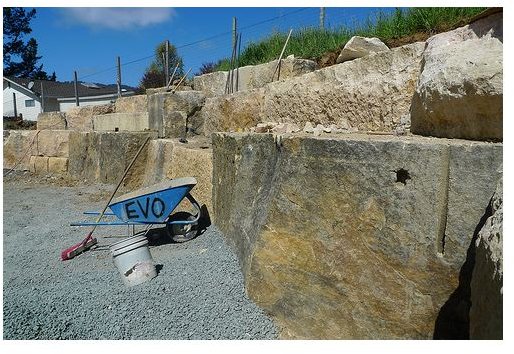Choose a Green Home Location or Site: Advantages of a Greenfield Site to an Urban Infill for a Green Home Build
Evaluating a Potential Green Home Location
With so many issues to consider when building a green home, from finding a good green architect to choosing what materials to use, it is easy for the most basic and fundamental issue of such a dynamic project to be neglected — where to build? Deciding on the right green home location is a vital step towards not only an efficient home, but an efficient plan, destined for success. Some people seek out unadulterated land, known as a greenfield site, while others are more comfortable in the city, or even suburbia, and look for an urban infill to revitalize for their green home.
There are preliminary issues to go over, no matter where one decides to start building a green home. First, what are the zoning laws for a potential site? Every town has specific regulations for safety as well as appearance, that need to be respected. With a reasonable plan, and possibly the assistance of a landscape architect or a land-use lawyer, one can apply for a variance to certain zoning regulations to suit their needs.
Second, what is the proximity of the green home location to the community? Even with an extremely efficient home, a ten or fifteen mile drive to the grocery store, to school, or work every day will greatly offset the positive impact of green construction with vehicle emissions and fuel usage. This is why green communities can be wonderful, as they tend to have local shops and services, neighbor car pooling, and bike-friendly roads.
Third, how is the environment around the potential site going to be affected? This includes looking at the impact a building and its waste will have on vegetation, the earth, wildlife, and neighbors.
Advantages of Building a Green Home on a Greenfield Site
A greenfield site is land that has not been previously developed. The advantages of building a green home on untouched land are the likely beauty and natural peace of the location, the minimal toxins or waste in the surrounding soil and environment, and a greater flexibility with zoning regulations.
Even if a location appears to work, and not have a negative impact on the environment, it is still important to consult with a professional — a landscape architect, or an environmental scientist — anyone who can check for vulnerable flora or fauna, potentially contaminated water or soil, or possible problems with the greenfield site due to climate or topography.
Building a Green Home on an Urban Infill
Regardless of the draw of a greenfield site, there is always the question— is pristine land better left untouched? This leaves an urban infill as an ideal environmental location, if one can be found. An urban infill is any area which has been used and subsequently abandoned. The greatest benefit to building a green home on an urban infill is the opportunity to improve an area that is aesthetically displeasing to the community, and is more or less being wasted and neglected, despite its potential.
Building a green home can be a daunting task, but in the end a rewarding one. Take the time to find the site that will work the best for you and the environment.
Sources:
Wilson, Alex. “Your Green Home: A Guide to Planning a Healthy, Environmentally Friendly New Home.” (New Society Publishers, 2006).
photo credit: MJ Monty
This post is part of the series: Building a Green Home
Building a green home is an environmentally responsible, cost-efficient, and healthy choice for you and your family. However, there are a number of issues to address, from choosing a green home location, picking out a green architect, evaluating energy-efficiency issues and building materials.
